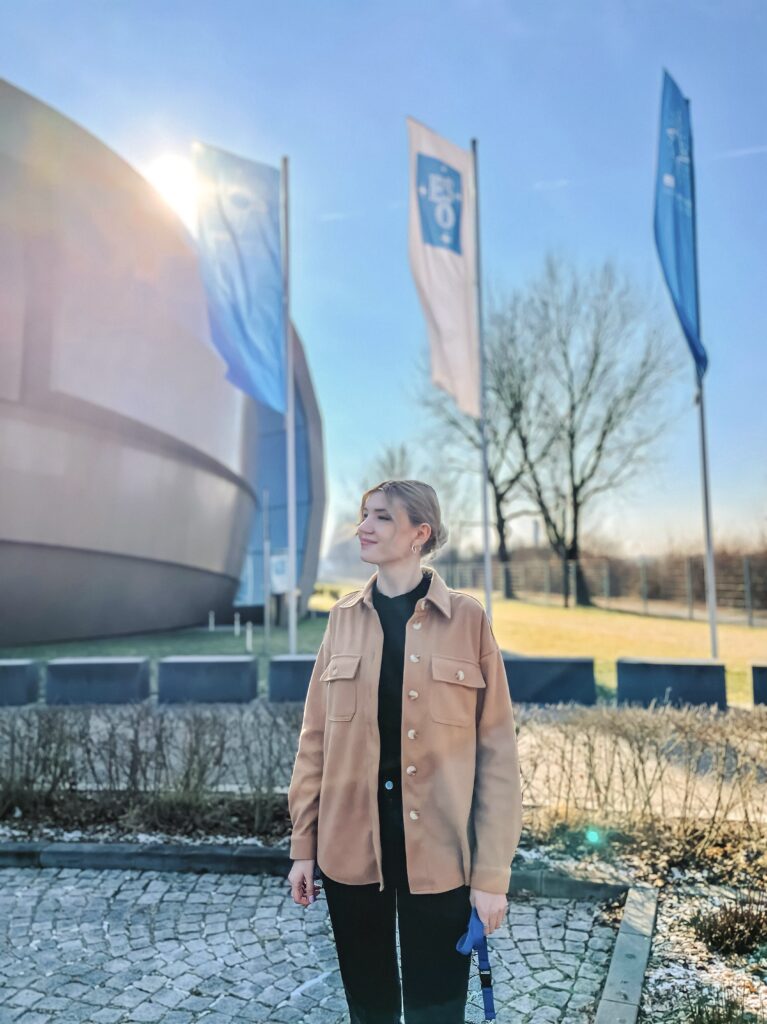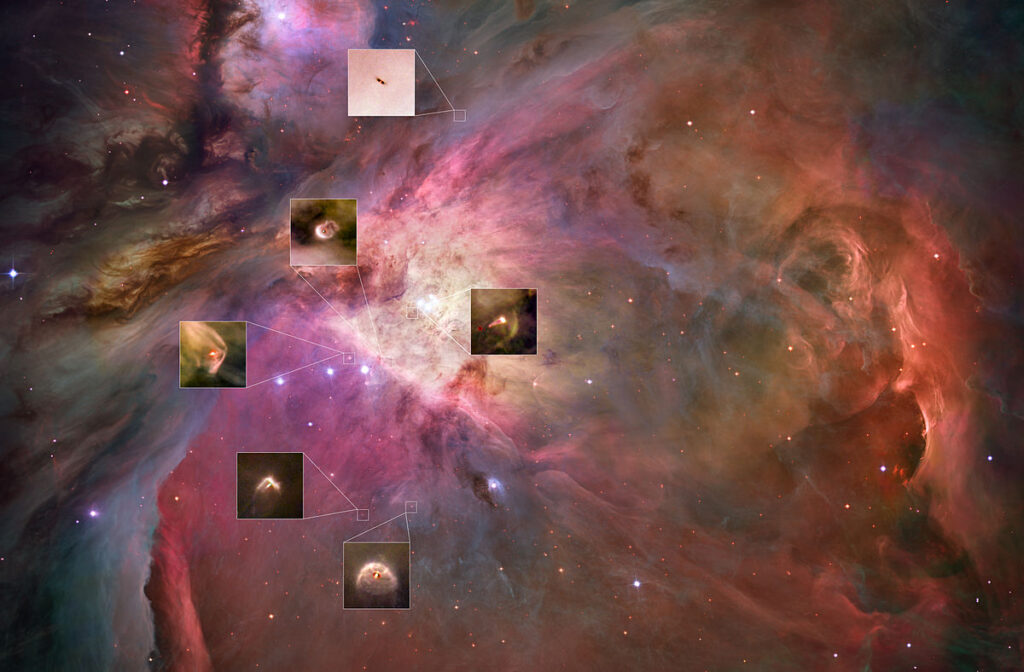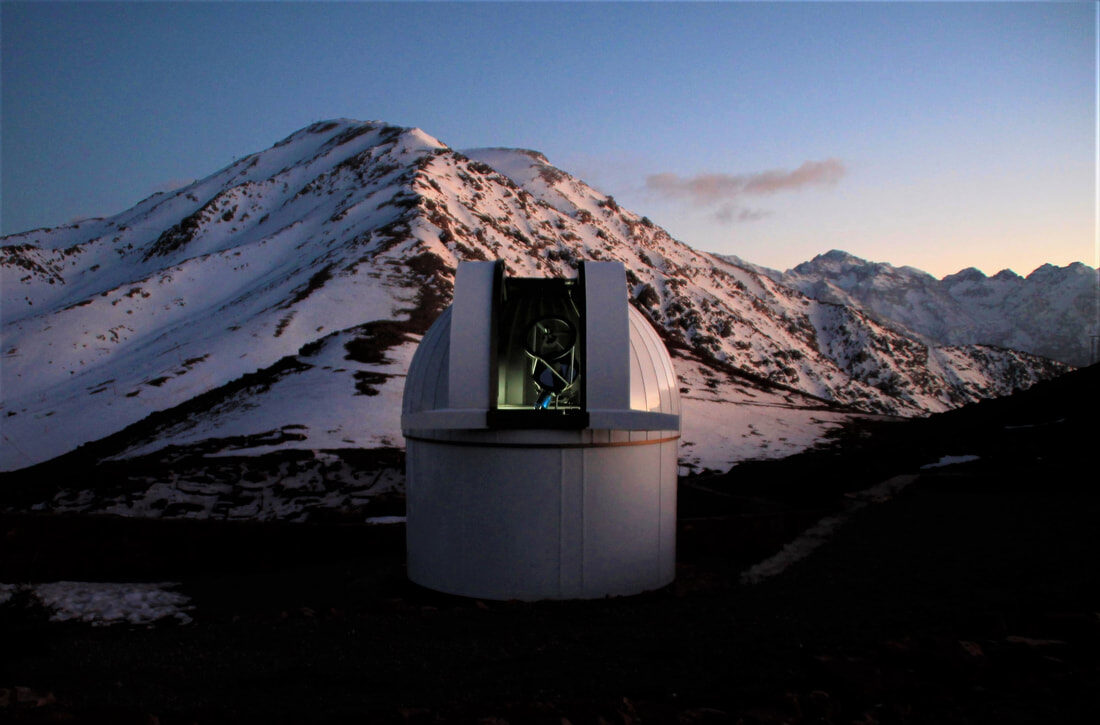The International Day of Women and Girls in Science was celebrated on 11 February. Its purpose is to emphasise the role of women in the world of science. At the initiative of the Estonian Young Academy of Sciences and the University of Tartu, this is the third time the day has been celebrated in Estonia. Estonian astrophysicist Mari-Liis Aru tells us about her journey into the field and her achievements in the world of science.
Mari-Liis’s interest in space emerged rather unexpectedly: “Before high school, I was interested in languages and history,” she explains. “As a teenager I happened to read about the Milky Way Galaxy, and my stepfather put the size of the Milky Way into the perspective of the universe. Thinking about the size of the universe was so fascinating that it sparked my interest in space. I would constantly search more information on the websites of space agencies and observatories.”
By the end of high school, it was clear to her that she wanted to be involved in studying space: “I researched all the ways I could be active in this field in Estonia,” she explained. “For example, I contacted the astronomers at the Tartu Observatory before enrolling in the university.” While studying physics, she was active in both the ESTCube student satellite project and summer schools abroad. “The university curriculum included general and foundational subjects ranging from Higher Mathematics and physics labs to quantum mechanics. So, these space related activities at the Tartu Observatory motivated and allowed me to acquire additional skills.” Her Master’s studies took her to the University of Liège in Belgium.

The programme there included both planetary science and stellar astrophysics. In addition, there were opportunities to carry out observations in Morocco at a field trip. Nearing the end of her Master’s studies, Mari-Liis started to apply to doctoral programmes. At the same time, a newsletter about job positions in the European Space Agency (ESA) reached her. In this position (Young Graduate Trainee, YGT), Master’s graduates are employed at ESA up to two years. “A space agency was exactly the type of place I had been aiming for,” she said. “It seemed like something unreachable to me at the start of my university studies, but I had managed to get closer to my dream by the end of my Master’s.”
Her prior activities in the Tartu Observatory and ESTCube project, her Master’s thesis and her language skills gave her advantages when applying. The months-long application process resulted in Mari-Liis being selected and soon enough, she was moving to the Netherlands to work at the ESTEC centre. While working in the ESA programme, Mari-Liis focused on researching the extremely fast solid particles called micrometeoroids that impact the Gaia space telescope.
The ESTEC, ESA’s centre in the Netherlands, develops new space and remote sensing missions and tests satellites. Scientists and engineers from 22 member states work together at the centre. Although most of ESA’s activities are dedicated to engineering, the topics there actually range from business analysis to preparing educational materials and popularising science. Applicants face stiff competition when applying to the ESA programme, but Mari-Liis encourages those interested to apply nevertheless. Even if not successful on the first try, there are plenty of candidates who have been selected at the second attempt.
After completing the programme at ESA, she started her doctoral studies at the European Southern Observatory in Germany last year. Her work in Dr. Carlo F. Manara’s group focuses on analysing the physical properties of proto-planetary discs, i.e., the birthplaces of planets. Since astronomers have taken high-resolution images of the discs, they provide insights into how the Earth and other planets came into being. Mari-Liis’s task in the framework of the WANDA project funded by a grant of the European Research Council (ERC) is determining how irradiation from massive stars affects planetary discs.

In addition to her promising career in science, Mari-Liis is also active in science communication. “I share my journey and highlights but also the challenges in order to show what being an astrophysicist looks like,” she explained. “I do this because this content would have helped me when the academic world was still unknown to me—I am the first scientist among my family and relatives. It is my goal to help young people who are curious about the world of science, but who are not aware of the opportunities open to them.” She believes it is important to show the wider audience what goes into studying space. People usually see the final result—a discovery instead of an overview of the entire process. “When sharing space science with others, it also helps me to communicate my own research to the scientific community in a better way.”
Mari-Liis is currently preparing two first-author papers to be published in the journal Astronomy & Astrophysics. She recently acquired telescope time as the Principal Investigator in a competitive call for a brand-new instrument on the Very Large Telescope (VLT) of ESO in the Chilean desert.
Newsletter on space science for a general audience: https://kosmosest.substack.com/
Instagram: https://www.instagram.com/MLA_astro/
Twitter: https://twitter.com/MLA_astro
Homepage: https://mlaru.com/
Written by: Mare Vahtre. The translation of this article was funded by the European Regional Development Fund through Estonian Research Council.
 Back
Back



